Most succulent lovers are aware that their beloved plants despise excess moisture. Too much moisture in the soil will result in unhappy succulents, root rot, and eventually the death of your precious fat plants.
See Also: Best Liquid Fertilizer
Overwatering certainly won’t keep your plants alive, but you also need to be aware of what type of soil you’re planting your succulents and cacti in. Both succulents and cacti thrive in well-draining soil that also provides plenty of airflows. Dense or clay-heavy soil will compact too easily and retain too much for your precious drought-loving plants.
Remember, in addition to proper drainage, succulent roots also need appropriate airflow. They need adequate oxygen in order to grow and thrive. Dense or wet soil will prevent the roots from getting the oxygen they need, eventually leading to root rot and death.
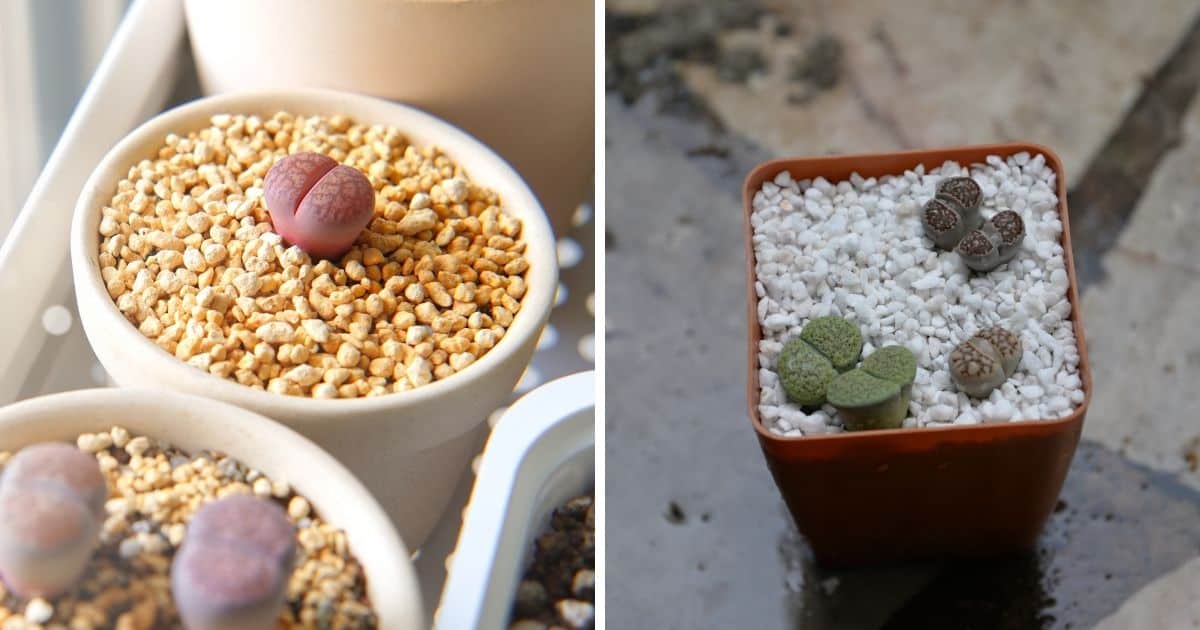
If you’re unfamiliar with the use of pumice and perlite in gardening, it’s quite simple to understand. These products are both inorganic and pH neutral additives that reduce the density of your soil. Neither will decompose after any given amount of time. Products like pumice and perlite can take a subpar soil and turn it into a succulent friendly substrate.
Perlite and pumice are the most popular options as they are both lightweight, airy, and do not promote water retention. You can help your succulents and cacti live their best life by adding products like these to their soil that promotes proper drainage.
Pumice and perlite are useful for any succulent gardener, whether you’re making your own soil mixture, or enhancing the one you bought at the local gardening center. But should you choose perlite or pumice? Even experienced gardeners may need help deciding, but don’t stress, we’ve got the answer you’re looking for.
Read Also: Best Grow Lights for Seedlings
Breaking It Down
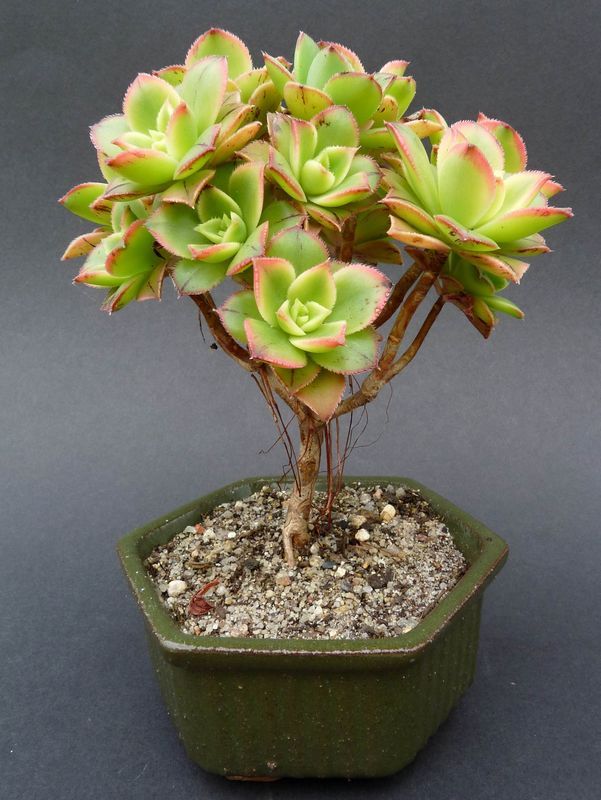
Perlite and pumice are both natural products, but it’s important to fully understand where they came from and what exactly they're made of. The more you know about the products you’re putting into your garden, the more informed you can be when making these important decisions.
If you’re an advocate for the environment, as you should be, you might also want to understand which is the more environmentally friendly option so you can make a guilt-free decision. The more processing a product requires, the bigger the carbon footprint.
See Also: Best Pots For Succulents
Since both pumice and perlite serve the same purpose, we’ll be talking about both products in terms of which one promotes better drainage, aeration, and succulent root health.
The ideal soil additive will not only allow for increased airflow and drainage but will prevent the soil from compacting and suffocating the roots.
Of course, it’s important to note that the amount of soil additive you use will cause your results to vary. As always, you need to consider the individual species of plants that you’re growing to determine how much pumice or perlite is appropriate. Some succulents, such as Lithops, require faster draining soil than others.
Depending on your budget and where you live, availability and price might also be a concern, so we will consider which option is more budget-friendly and widely available at both local gardening centers and online retailers.
Finally, we’ll help you make an informed decision about whether pumice or perlite is best for your succulent garden based on the pros and cons of each.
Perlite
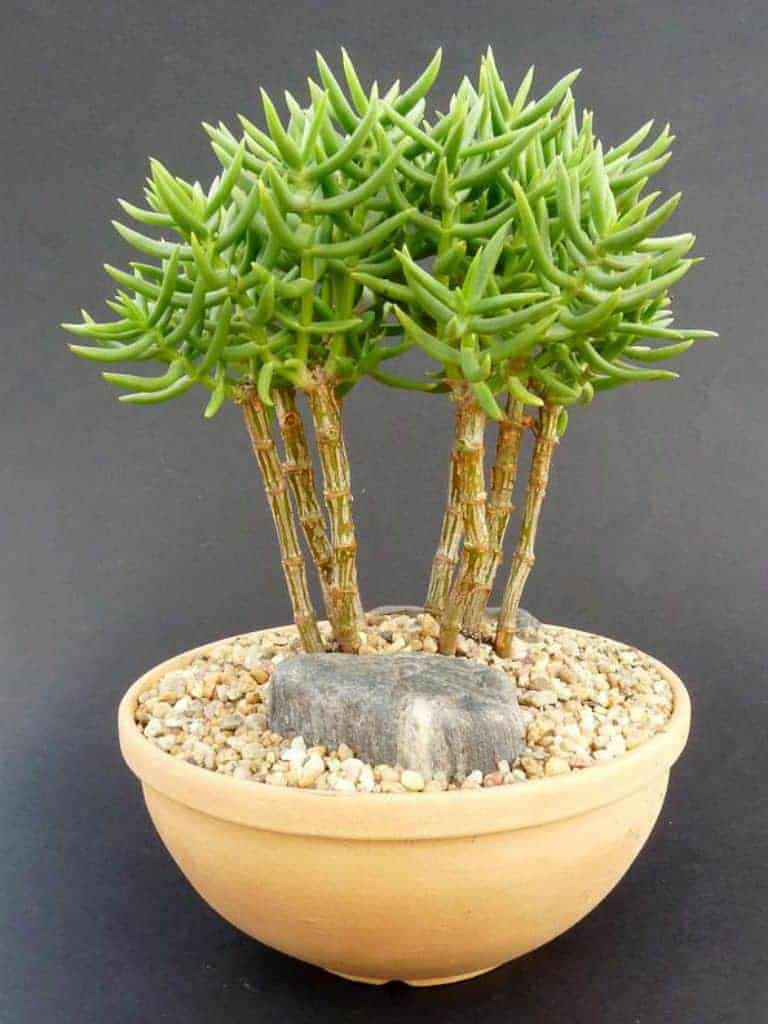
Perlite is a natural mineral made from volcanic glass. Perlite is comprised of about 70-75% silicon dioxide. It also contains a host of other minerals including aluminum oxide, sodium oxide, potassium oxide, and iron oxide.
The majority of perlite is mined in the United States, Greece, Turkey, and Japan. Perlite is a cheap mineral that can also be used in plaster, masonry, and the production of ceiling tiles. However, its most common use is in gardening and hydroponics.
No products found.
In nature, perlite is typically dark gray or black in color. You may recall that the perlite found in your gardening soil mix looks a little different. Before it can be used in gardening soil, perlite must be processed.
To transform natural perlite into the little white balls you see in your succulent soil mix, the perlite glass is first crushed then rapidly heated to around 1700 degrees Fahrenheit. This process causes the perlite to expand, not unlike popcorn.
When perlite “pops” at this temperature, it expands to nearly 20 times its original volume. The end result is the white, porous balls you are familiar with.
Commercial perlite is typically sold in three different size categories: fine, medium, and coarse. These sizes are actually determined by an organization called the Perlite Institute, which is run by the world’s foremost perlite professionals.
Obviously, coarse perlite will provide more opportunity for drainage and airflow than fine perlite, but fine perlite will integrate into the soil better. Some gardeners recommend using finer particles in smaller pots or with smaller plants, while others recommend larger particles for outdoor gardens or particularly large potted plants.
Unfortunately, fine perlite can also be a bit dusty, so if you’re using it you may need to wear a protective mask. This is especially true if you have pre-existing respiratory issues. Wetting down the perlite prior to handling can also help reduce the amount of dust you’re exposing yourself to.
You may also find that over time, perlite may work its way up to the surface of your soil. Although perlite is valued for its lightweight, this can be a challenge when other particles of the soil are heavier, eventually forcing the perlite to the top.
Perlite’s weight can also be an issue with top-heavy plants. Although it may provide the proper aeration and drainage, perlite isn’t heavy enough to keep top-heavy plants from tipping over if used in larger quantities. However, if only a small amount is mixed into the soil, this shouldn’t be a concern.
If smaller pieces of perlite work their way to the top of the soil, or you choose to apply them to the top of the soil, it’s important to be aware that you may lose some or all of the perlite during the next windstorm.
Some gardeners recommend top dressing your soil with heavier particles such as gravel or decorative stones to help weigh down the soil and reduce the loss of your perlite. Although you may still lose some perlite, it will be harder for it work its way through a heavier layer.
Perlite is typically quite inexpensive and can be found anywhere you buy gardening supplies or soil. Nearly all local garden centers, nurseries, and online retailers will have perlite available in a variety of sizes.
See Related Topic: Best Soil Moisture Meter
Pros
- Inexpensive
- Widely available
- Available in different sizes
- Improves drainage and soil aeration
Cons
- Floats to the top
- Can be blown away by the wind
- Can be dusty (especially fine perlite)
Pumice
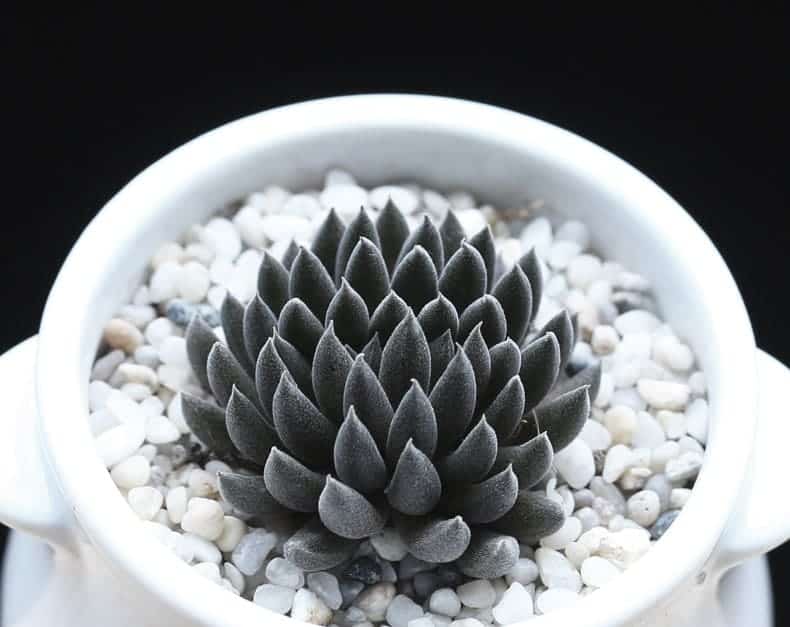
Like perlite, pumice is a type of volcanic glass. It’s an extremely porous rock that is formed during explosive volcanic eruptions. The porous nature of pumice is caused by the rapid cooling and depressurization once the lava has been ejected from the volcano.
Read Also: How Often Should I Give My Plant Nutrients?
The environment outside of the volcano causes chemical changes within the rock. Similar to the carbonation bubbles you see when you open a can of soda, the gases that have been dissolved in the lava exsolve, creating the lightweight and porous rock you’re familiar with.
No products found.
Natural pumice ranges in color from white to dark gray, depending on where it was mined. Some gardeners choose to use pumice to top-dress their soil to give it a more attractive appearance than just dirt.
Pumice mining takes place around the globe. Since the production of pumice is dependent only on the last eruption of a volcano, there are no specific “hotspots” for pumice mining. However, Italy, Turkey, Greece, Iran, and the United States are all leading producers of horticultural pumice.
As with perlite, pumice is also used in a variety of other home and beauty products. In fact, these industries actually use much more pumice than the horticulture and agriculture industries.
Pumice mining is also is considered a more environmentally friendly mining process compared to other resources. This is due to the fact that with volcanic eruptions, the pumice is deposited on the surface of the earth, so blasting and other destructive mining methods are not necessary.
Pumice also requires little to no processing to achieve the desired product. Pumice is available in a range of sizes ranging from the lump to extra fine. To create the various sizes, the rock is run through mechanical crushers, but this is the only processing necessary.
For gardening purposes, pumice is typically available in sizes ranging from ⅛” to ⅜”. At any size, pumice is still lightweight material, but it is heavier than perlite.
For top-heavy plants that may be prone to tipping over, pumice is an excellent choice as it provides the aeration and drainage necessary for proper growth but is heavy enough to keep the plant rooted in place.
Although it is still possible, especially with fine pumice, it’s less likely that you’ll have to worry about your pumice washing away the next time you water or blowing away in the next storm. Pumice does float, but not nearly as easily as perlite does.
Some expert gardeners recommend using finer pumice in containers, especially those for particularly petite succulents or in projects such as fairy gardens. Larger particles can be used to help weigh down heavier potted succulents or can be mixed into the soil of outdoor gardens to help improve drainage and aeration.
The downside to pumice is usually the price. Depending on where you live and which size you’re looking for, pumice is often quite a bit more expensive to use than perlite. This seems to be especially true outside the United States.
Unfortunately, some gardeners have also reported that pumice can be somewhat difficult to find at their local garden center or nursery. Larger pieces of pumice intended for landscaping can often be found, but smaller sizes aren’t always available.
Fortunately, the internet exists. Many online retailers make it possible to have your favorite soil additive shipped directly to your front door. Just be prepared to pay an additional fee for shipping.
Pros
- Minimal damage from mining
- Minimal processing
- Heavy enough not to blow away
- Improves aeration and drainage
Cons
- Can be dusty (especially finer grades)
- More expensive than perlite
- Not always available locally
Winner
Although pumice and perlite are equal in many regards, there is only one clear winner. When it comes to improving your succulents’ soil, pumice is definitely the way to go.
Final Verdict
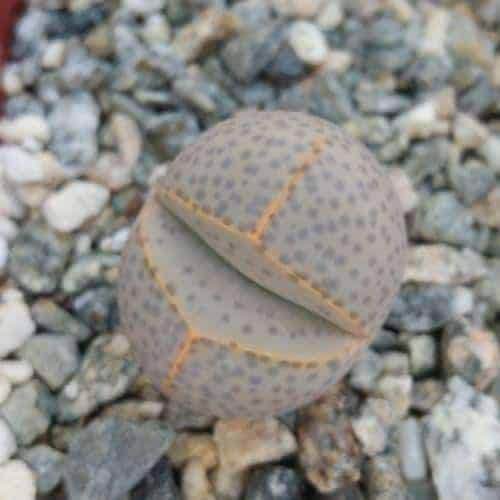
Since both pumice and perlite are inorganic, pH neutral, and do not decompose, it was important to weigh their other characteristics in order to determine the winner of this debate.
Pumice requires less processing than perlite and is mined using a more environmentally friendly method than that of perlite. This means that you can feel free to use the product, knowing you aren’t trading a giant carbon footprint for your beautiful succulent garden.
Pumice is also a bit heavier than perlite. This means there will be less waste, and you won’t lose so much product to wind, rain, and routine watering. Since pumice doesn’t decompose, this means that you won’t need to replace it, which can help cut back on cost.
As with perlite, you’ll need to wear a mask when working with pumice to protect your lungs from the dust. As previously mentioned, wetting the pumice prior to handling will also help cut down on harmful dust. It can seem like a hassle, but this extra step will save you from any dust-related health problems down the road.
The only real drawback of using pumice to amend your soil is the price. Depending on the area you live in and the availability, pumice can be a bit more expensive than perlite. It may even be difficult to find in some places, requiring you to order it online.
Despite the higher price, pumice’s better qualities pushed it into the winner’s circle making it the best additive to improve your succulent soil.
You Might Also Like:

